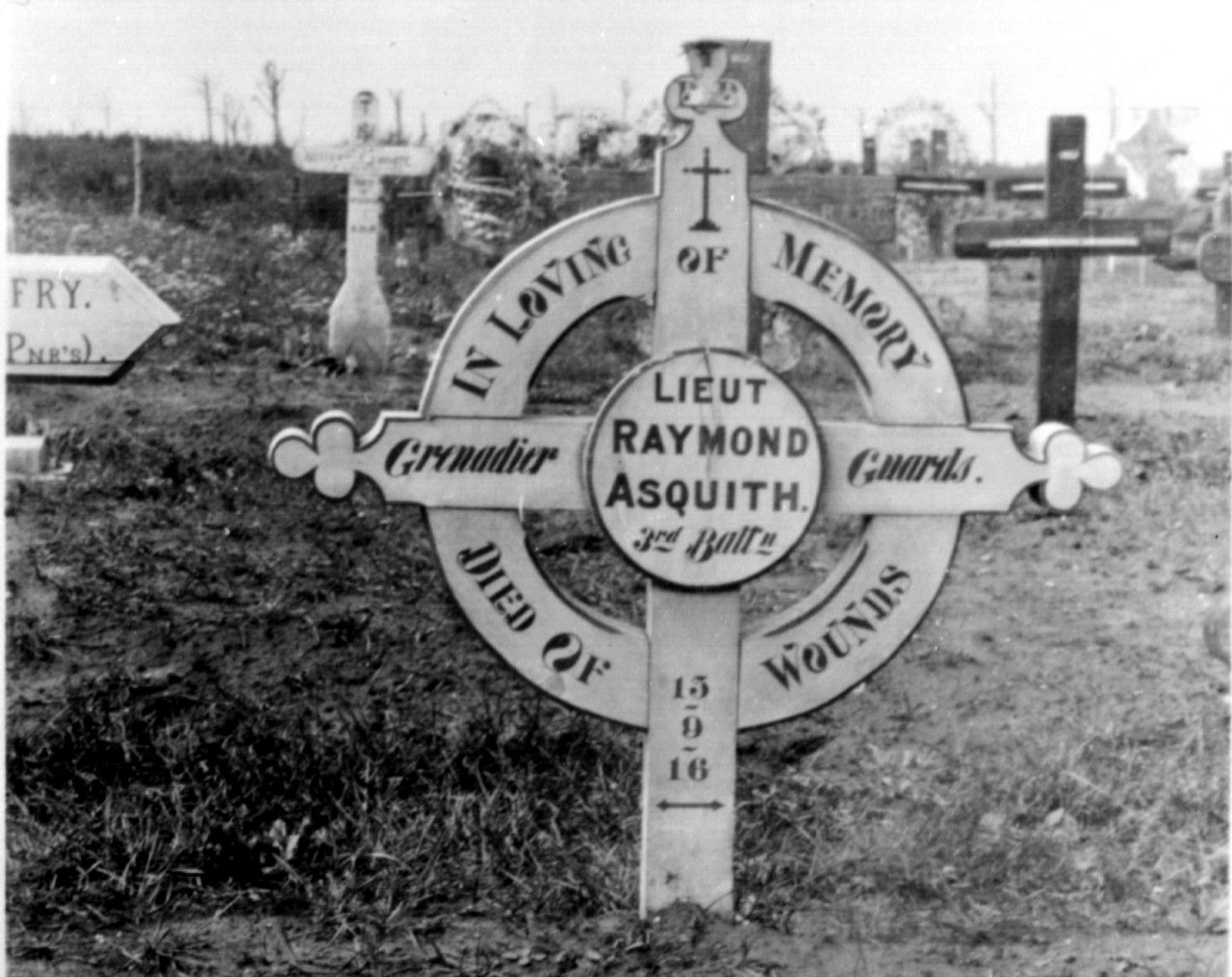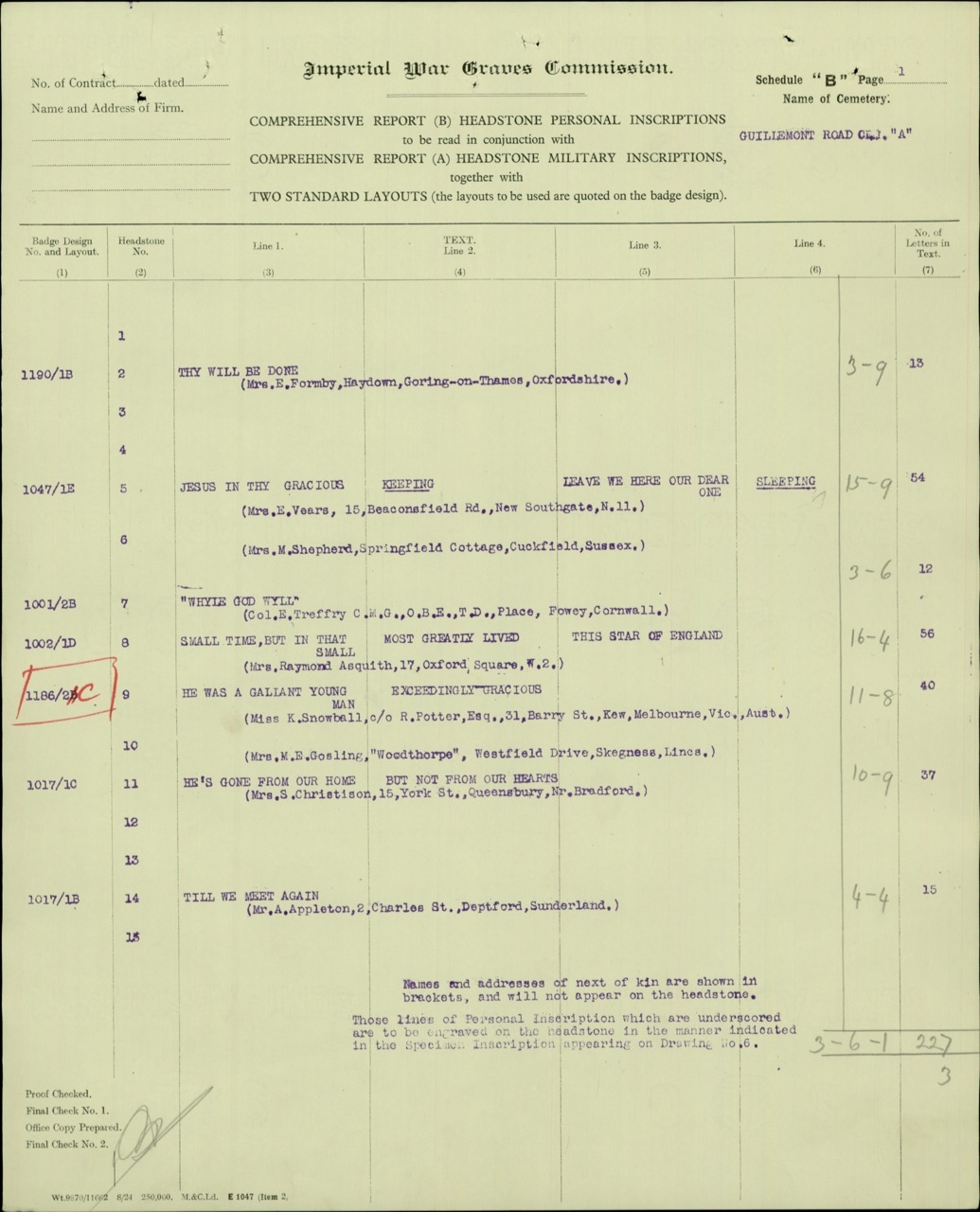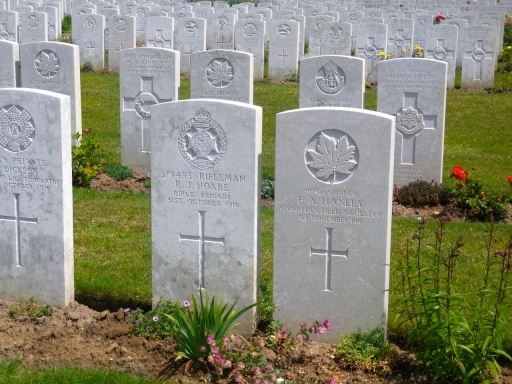Archive documents detailing the commemoration of 1.7 million men and women from Commonwealth forces who died in both world wars are to be added to a UNESCO world heritage register.
The Casualty Archive compiled by the Commonwealth War Graves Commission dates back to the earliest years of its work of remembrance, a mission set out in the founding Royal Charter of May 1917, and later extended to include the Second World War.
Its addition to the UNESCO UK Memory of the World Register, announced on 9 June 2018 to mark International Archives Day, was welcomed as a ‘huge honour’ by CWGC Archivist Andrew Fetherston: “Our archive is a unique record of the extraordinary contribution made by a generation of men and women in the world wars.
“Whilst many of the archives include only the names and details of the casualties, in some cases we have a much deeper insight into the turmoil of the family members left behind through the poignant words within their letters.”

Raymond Asquith’s original wooden grave marker at Guillemont Road Cemetery, near Albert in the Somme (Image © CWGC)
Items include correspondence relating to the graves of Lieutenant Raymond Asquith – son of the wartime British Prime Minister, Herbert Asquith; Major Cedric Charles Dickens – grandson of the famous author; and Prince Maurice of Battenberg – a grandson of Queen Victoria.
Letters reveal that Raymond Asquith’s grave on the Somme ‘had waited its turn like all others for the headstone be erected’. And his widow Katherine wrote to confirm her choice of a line from Shakespeare’s Henry V for his headstone inscription: “Small time, but in that small most greatly lived this star of England”.

Headstone Schedules were used to produce the final permanent headstone, and Final Verification reports were sent to the families of the war dead. In many cases, they contain poignant personal information such as confirmation of the inscriptions chosen for loved ones’ headstones . The Imperial War Graves Commission was renamed in 1960 (Image © CWGC)
In all, the CWGC Casualty Archive holds more than 300,000 separate documents detailing the registration of the graves or memorials of the Commonwealth dead of the two world wars.
It will be formally added to the UNESCO register at a ceremony in September 2018.
Dr Beth Taylor, Chair of the UK National Commission for UNESCO said: The Commonwealth War Graves Commission Casualty Archive is a monumental world-first achievement which movingly commemorates the sacrifice of all those who gave their lives for Britain and the former Empire in the First and Second World Wars. Its comprehensive coverage and egalitarian approach make it a very worthy addition to the register.”
More about Raymond Asquith – and the stories of Cedric Charles Dickens and Prince Maurice of Battenberg – can be found on the CWGC website.
Source: Commonwealth War Graves Commission – CWGC
Images: courtesy of CWGC (Raymond Asquith grave marker & Headstone Schedule), Centenary News (Etaples Cemetery)
Posted by: CN Editorial Team
